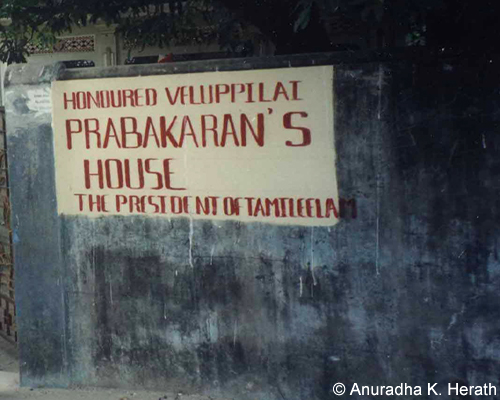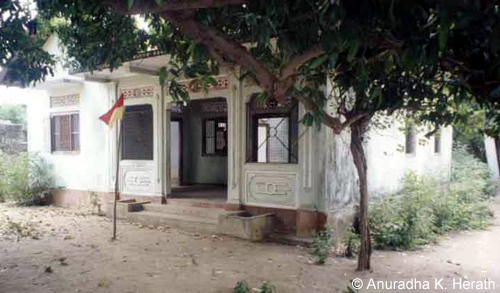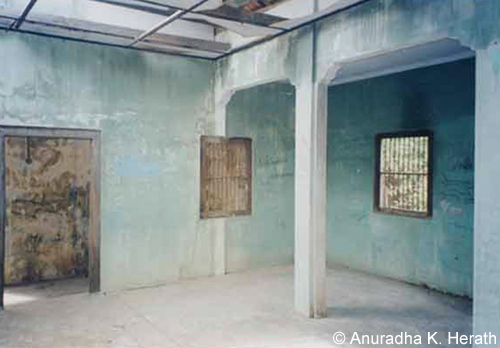
A Tamil politician in Sri Lanka claimed this week that the army has destroyed the childhood home of Velupillai Prabhakaran, the leader of the separatist group Liberation Tigers of Tamil Eelam (LTTE).
Speaking to the BBC, army spokesman Prasad Samarasinghe said, "We completely deny this allegation." So it is somewhat unclear, at this point, exactly how Prabhakaran's home was demolished, but it is now a pile of rubble, according to a photograph in the BBC report.
The LTTE is a rebel group that fought for a separate state in north-eastern Sri Lanka for approximately three decades. The Federal Bureau of Investigation (FBI) describes the group as having "perfected the use of suicide bombers, invented the suicide belt and pioneered the use of women in suicide attacks." It was known to be one of the most efficient yet ruthless armed groups in the world -- designated a terrorist organization by a number of countries, including the United States, Canada, Great Britain, India and Australia, among others.
Its leader was one of the world's most-wanted men. Though some had hoped for a negotiated settlement to the conflict, there was little doubt that Prabhakaran's death would end the war almost immediately. That proved to be true in May 2009 when the long-time elusive leader was killed during the final military offensive. The LTTE, as an armed force, was wiped out from the island.
Prabhakaran's ancestral home is located in the rural town of Valvettithurai, approximately 30 miles from Jaffna in northern Sri Lanka. The photographs below were taken in 2002 after then Sri Lankan Prime Minister Ranil Wickremesinghe and Prabhakaran signed a ceasefire agreement. As a result, travel restrictions along the A9 road, the main road linking the north and the south, were lifted. Southerners flocked to the north mainly to visit the Jaffna Peninsula that had been off-limits for decades.
Back then, the LTTE leader's house had not yet become a popular tourist spot. Dilapidated by war and deserted, the house was a monument to Prabhakaran and the LTTE. The following phrase was painted on the front wall in Tamil and English:
Honoured Veluppilai Prabakaran's HouseThe President of Tamileelam
Even though it is still unclear whether or not the army was responsible for destroying the house, it's a surprise that it wasn't destroyed earlier since the government wants no reminders of the LTTE in any part of the country.


